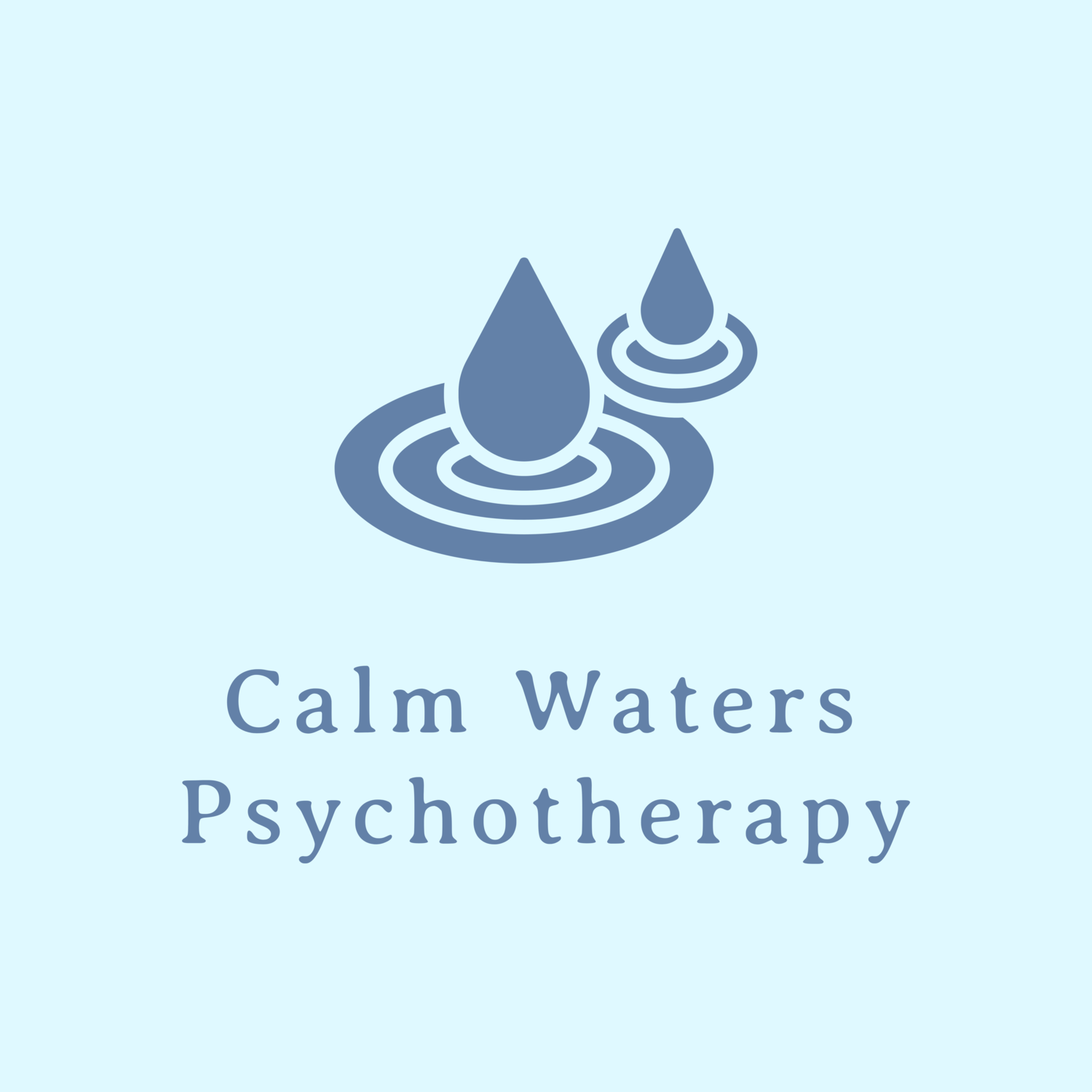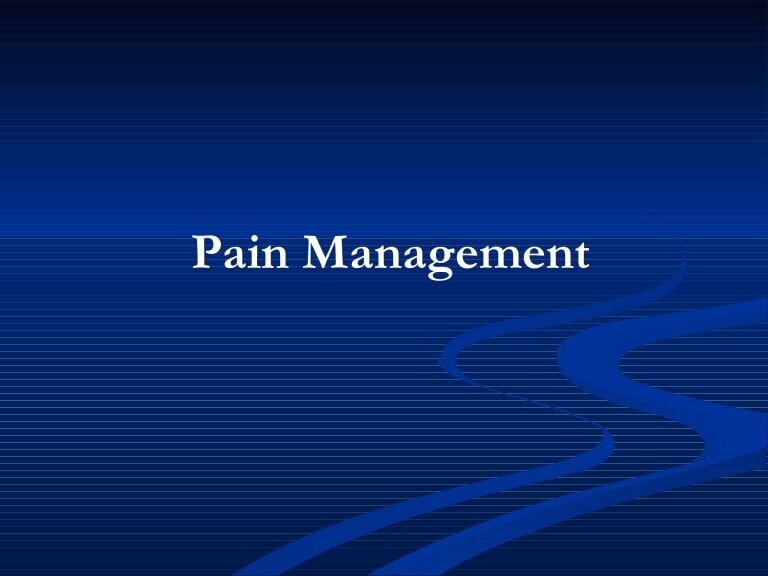Pain management
Pain serves many functions, but its most basic is to alert you, your consciousness, that something is wrong and a response is required. The response may be simple and reflexive (take your hand out of the fire), or even unconscious (causing your glands to secrete hormones to counteract the situation). Adrenaline may be released. Your body may tense up. Inadvertent and complex results may and do occur as the result of physical pain. But the thing you need to remember is: pain is there to help you. It warns you when something is wrong, makes sure you know to protect yourself. It is a valuable evolutionary tool.
Anxiety goes hand in hand with chronic pain; those experiencing long-term health problems are significantly more likely to suffer from chronic anxiety and depression because of the heightened strain their bodies and minds are under. And, as being in pain can cause anxiety, anxiety can exacerbate or even initiate pain. Anxiety can also lower your tolerance for pain.
As two sides of the same coin, a significant part of pain management comes from identifying, understanding, and moving past feelings of anxiousness. It can be unemotionally observed, understood, and ameliorated. Knowing what’s making you anxious is half the battle in overcoming it, as when you identify the fundamental fears driving your emotions, you can begin to rationally evaluate them. Is this a realistic fear? Is there evidence for this feeling, or am I basing my anxiety solely on my own perceptions?
There is an old Buddhist quote: “Pain is inevitable, suffering is not.” Pain of any kind is unavoidable in life, but a significant aspect of the effect it has on us comes not from the pain itself, but from our interpretation of the pain, the way we deal with it. Pain is an experience; suffering is the reaction to that experience—an emotional reaction we can control versus the physical reality of the pain we cannot.
Mindfulness and Meditation are ways to address issues of pain without medication. These are simple practices that can be taught and integrated into daily life.

